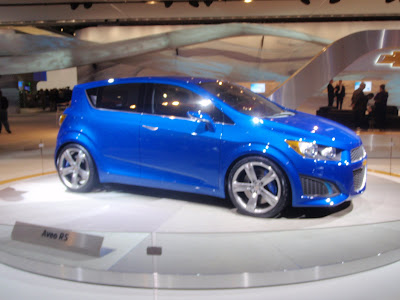As the name suggests, the Sonett III was the third iteration of SAAB sports car. The Sonett I, or 94, was sold from 1955-57 and equipped with a 748cc two-stroke inline-3 producing all of 58bhp in a car that weighed around 1200lbs, good for a 99mph top speed. The car got its name from the Swedish expression sa natt, meaning "so neat". But only six examples were built before SAAB canceled the project in early 1957.
The Sonett name lay dormant for another 9 years, until the Sonett II, or 97, was produced beginning in 1966. Intended as a racing vehicle, the little Sonett II competed well in contemporary Sports Car Club of America races, with its light weight and spunky two-stroke 841cc "Shrike" Inline-3 engine driving the front wheels. Criticisms by the motoring press - during the burgeoning muscle car era - had mostly to do with the car's lack of grunt, as well as its "homemade styling". After only two years, SAAB corrected the former problem by licensing Ford's German Taunus V4 engine. And, as befits legendary Swedish sensibility, changed the name from Sonett II to Sonett V4. But they made the styling problems worse because they had to redesign the hood with a rather unsightly bulge down the center to accommodate the much larger 1.5L mill.
Seeing that they'd made the already quaint-looking SAAB's styling worse, the company contacted Italian designer Sergio Coggiola, who helped pen a whole new body to ride atop the Sonett chassis. Debuting in 1970, SAAB called the car the Sonett III, and threw in an enlarged 1.7L V4 engine to give the car its highest-ever top speed of 103mph.
















.jpg)
